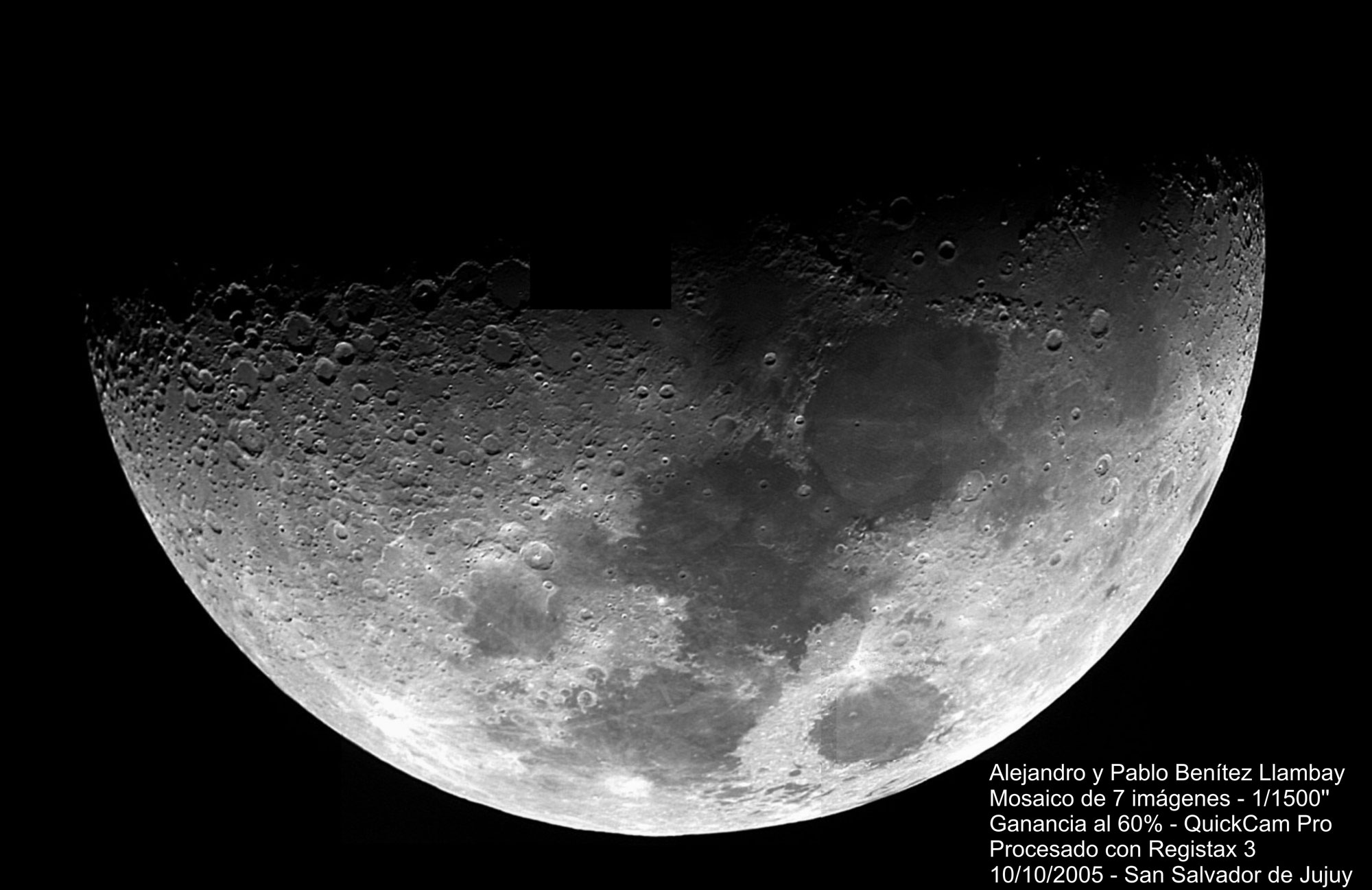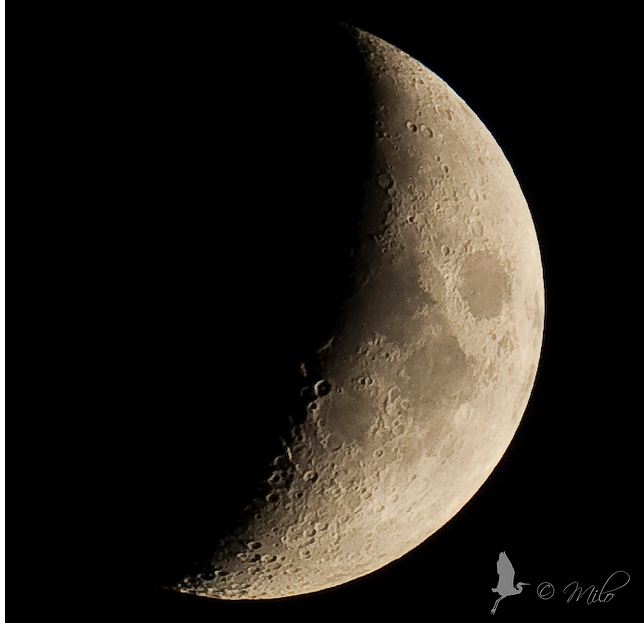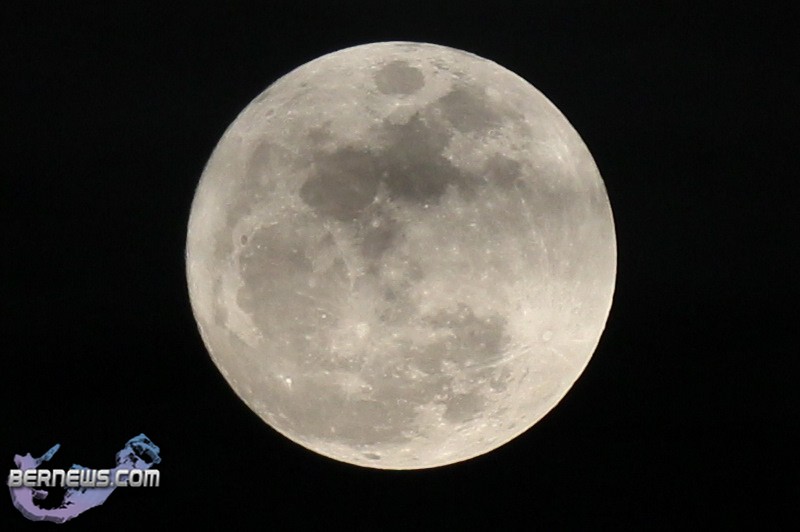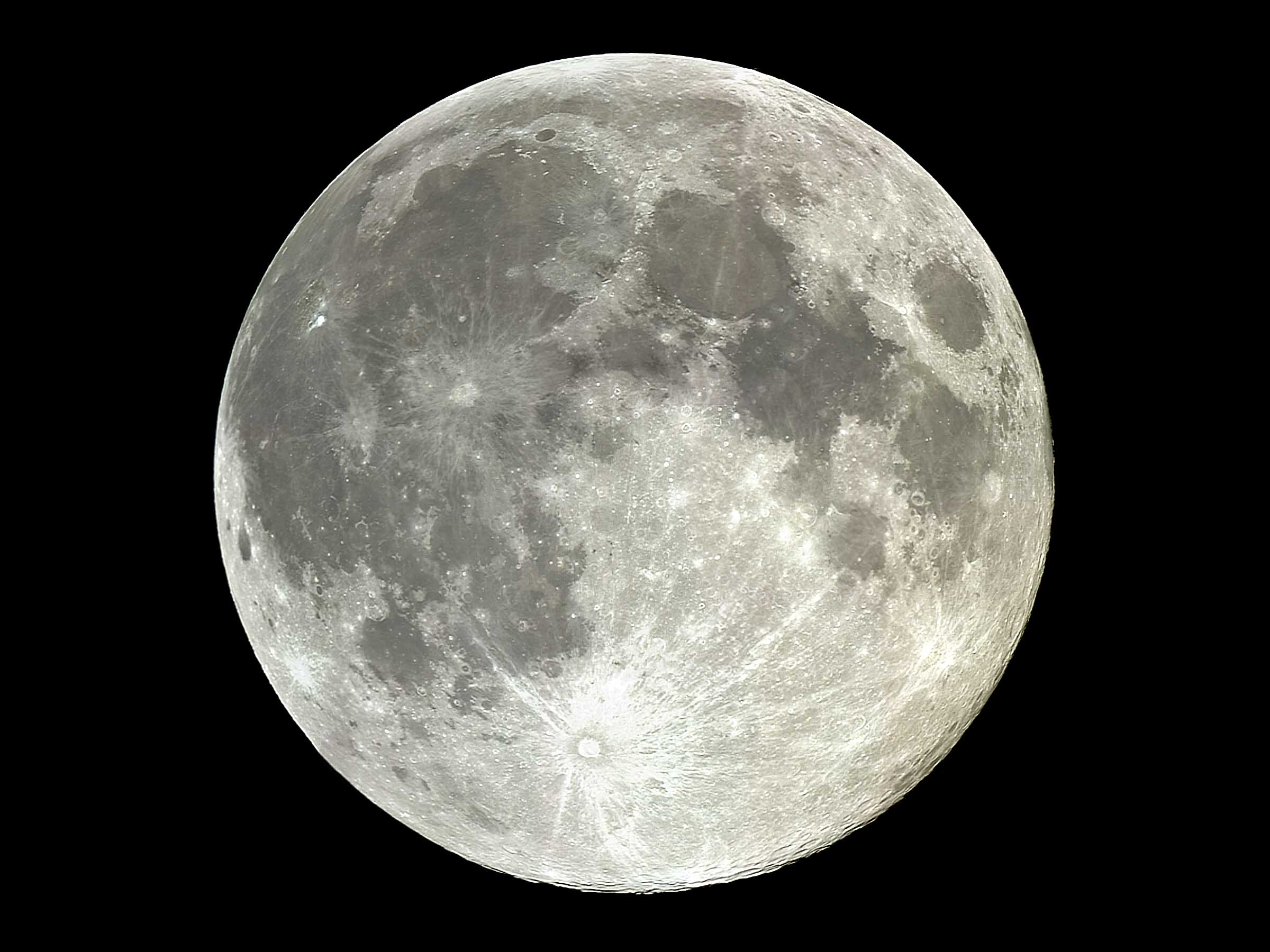
Although we see the Moon all the time, many of us do not take time to consider our planet’s only satellite. The Moon is the fifth largest satellite in our Solar System. Considering Jupiter alone has 63 moons, this is pretty impressive. The Moon is the closest celestial object to Earth and apart from the Sun is the brightest object in the sky.
The Moon has been known to exist since prehistoric times and holds an important place in most cultures. A number of cultures saw it as a deity while others believed that its movements could help predict omens.
Its gravity is only about 17% of the Earth’s gravity. Since the Moon has very little atmosphere, its temperature varies radically from -153°C to 107°C on average. However, temperatures as low as -249°C have been recorded. The Moon is fairly large for a satellite, but it is quite a bit smaller than our own planet. Its diameter is one-fourth the diameter of Earth, but its mass is only 1.2% of the Earth’s mass. Its density is surprisingly low, with the satellite having only roughly half the density of Earth.
The Moon also affects the tides on Earth. The tide on Earth is affected by the Moon’s gravity, and the impact is amplified by factors in the Earth’s oceans. Galileo Galilei, the famous scientist, did not believe that the Moon had anything to do with the Earth’s tides, something which other scientists eventually proved wrong.

Because the Moon is in synchronous orbit with Earth, one side faces our planet at all times. The most we have been able to see directly is 59% of the Moon due to small changes in the orbit. We were unable to see the other side of the Moon until probes were able to photograph it. Although the far side of the Moon is often called the dark side of the Moon that is inaccurate. The far side of the Moon actually receives as much lights as the near side of the Moon does.

The surface of the Moon is divided into different types of terrain. Maria are the flat plains, named after Latin for “seas.” Ancient astronomers thought they were actual seas filled with water. These lunar plains are almost exclusively on the near side of the Moon. Terre refers to the highlands, which are lighter colored. They appear lighter because they are closer to our own planet. There are numerous mountainous regions on the Moon. The surface of the Moon is also marred by many craters that are a result of impact by asteroids and other space debris.
 The Moon is the only celestial body – besides Earth – that astronauts have ever landed on. The first Moon landing was in 1969, and Neil Armstrong was the first person to set foot on the Moon. In total, 13 astronauts walked on the Moon. The last Moon landing was in 1972, and in addition to the manned landings, the planet has also been visited extensively by numerous probes. NASA is planning to make more manned missions to the Moon, and even want to put a manned outpost on our satellite. The United States is not the only country going to the Moon. India’s astronauts have already sent an unmanned lunar probe up and want to send a manned mission in coming years.
The Moon is the only celestial body – besides Earth – that astronauts have ever landed on. The first Moon landing was in 1969, and Neil Armstrong was the first person to set foot on the Moon. In total, 13 astronauts walked on the Moon. The last Moon landing was in 1972, and in addition to the manned landings, the planet has also been visited extensively by numerous probes. NASA is planning to make more manned missions to the Moon, and even want to put a manned outpost on our satellite. The United States is not the only country going to the Moon. India’s astronauts have already sent an unmanned lunar probe up and want to send a manned mission in coming years.
You may not know it, but there is water ice on the Moon. The water ice is located in large reservoirs at both poles of the planet where it is hidden from the Sun in deep craters. The water would not be able to exist in liquid form on the satellite because the Moon has no atmosphere to hold the water on the surface.


No comments:
Post a Comment